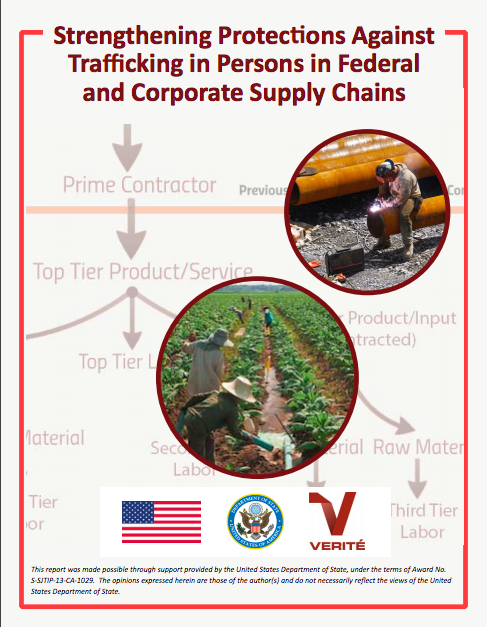Human Trafficking and Business: Good Practices to prevent and combat Human Trafficking
GuidanceGood PracticesThis brochure presents an overview and introduction to human trafficking and the role that business can play in addressing it. It explains in practical terms what human trafficking is, why it is an issue for business and what companies large and sma...Read More

